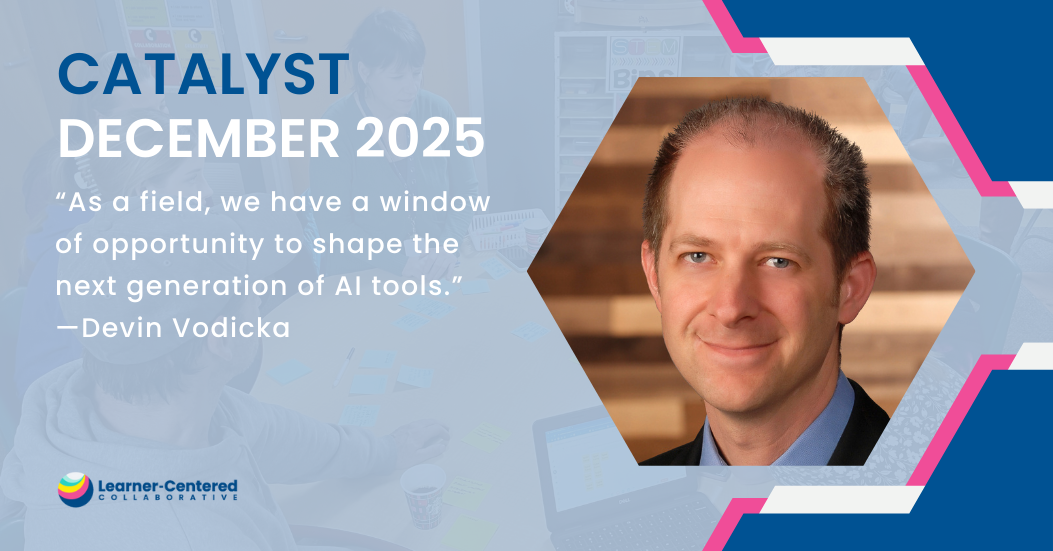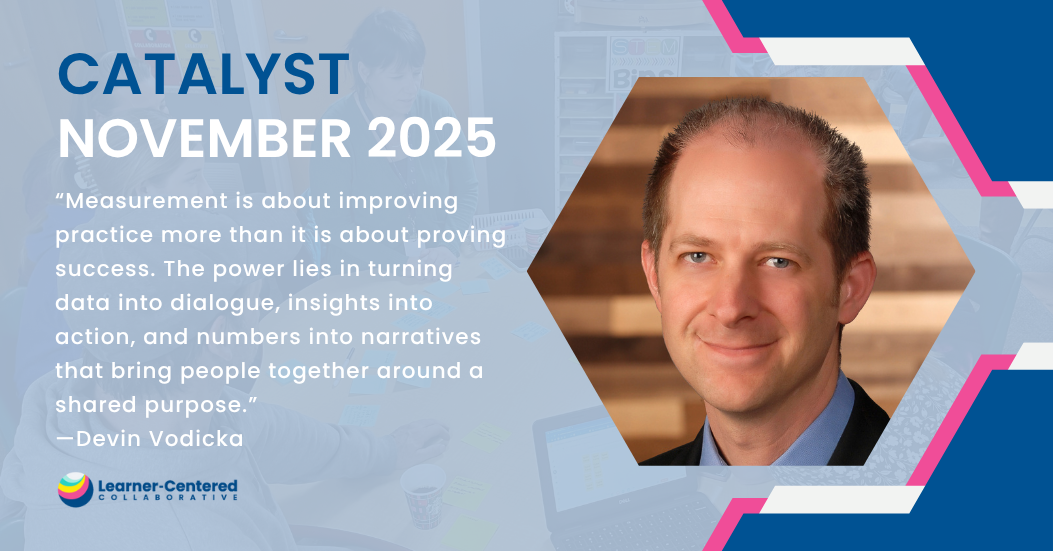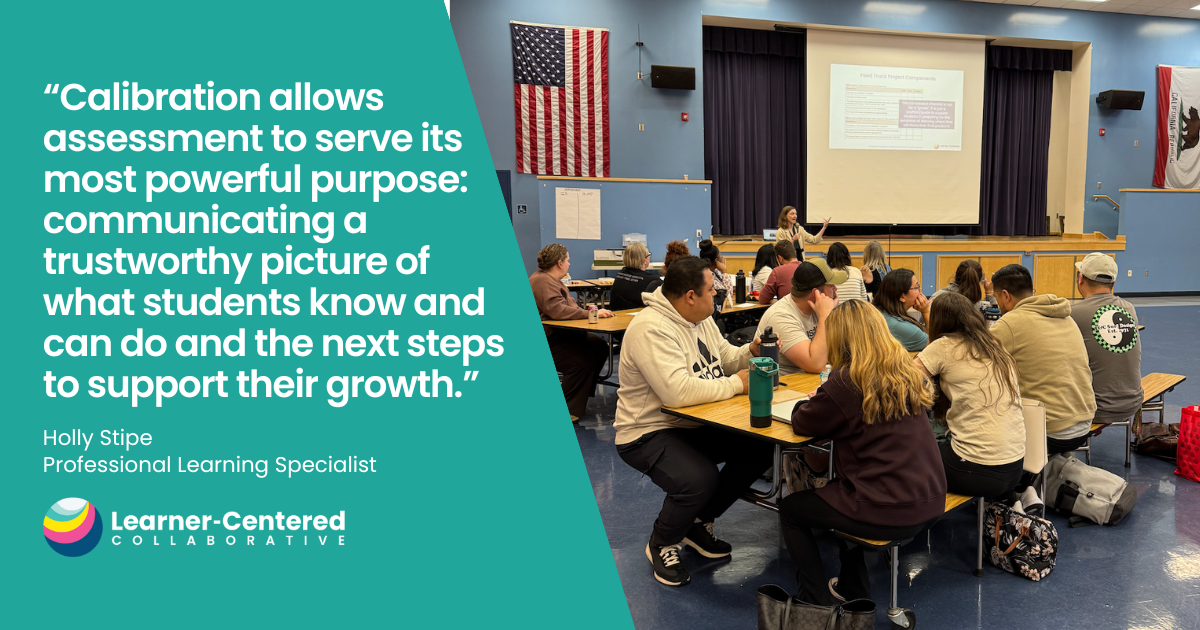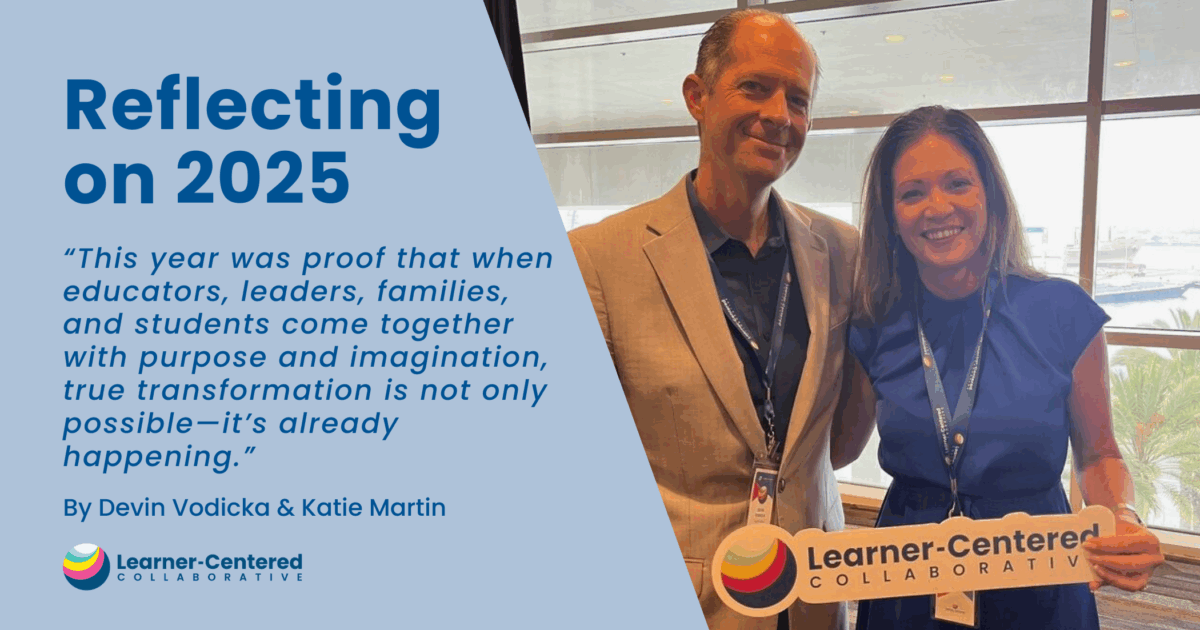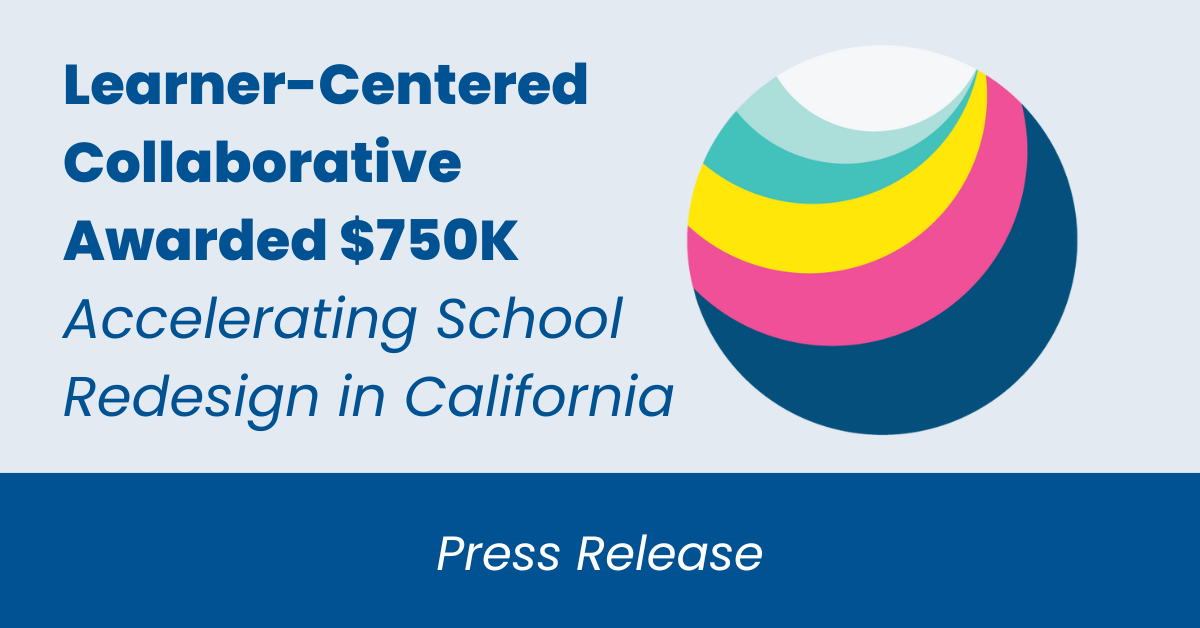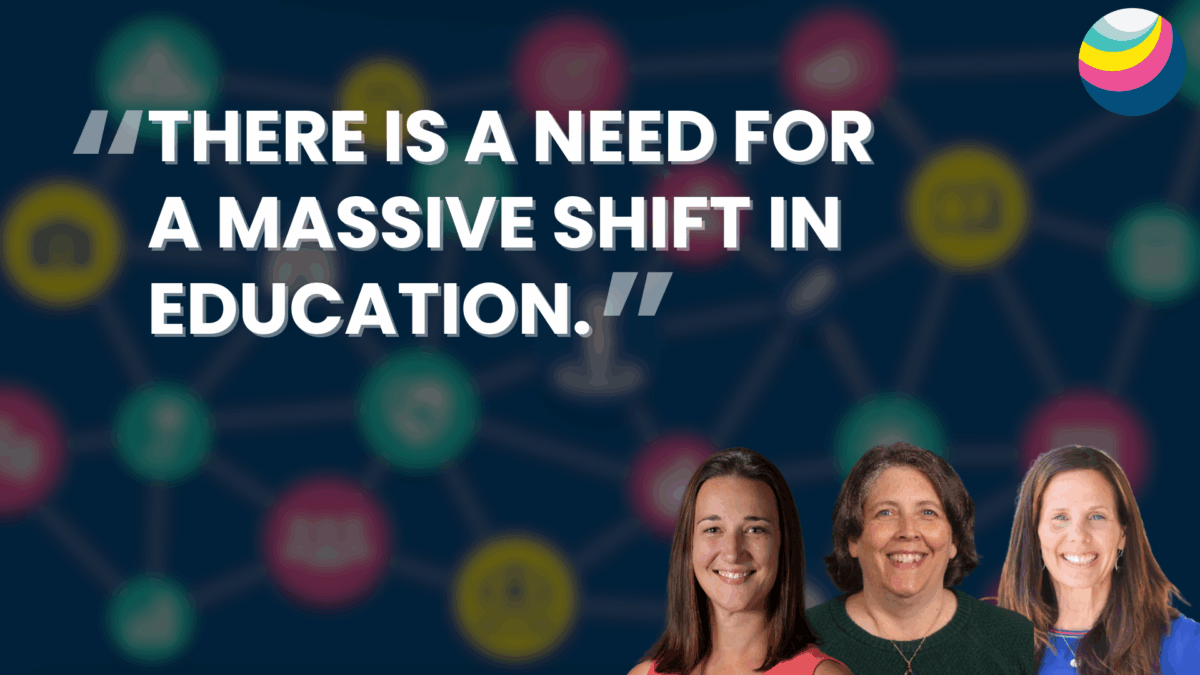AI Principles
Overview
AI tools are increasingly accessible to learners and are more ubiquitous in the world and workforce outside of schools. In order to meet learners where they are and to best prepare them for a future that is already integrating AI into the workforce, it is important to establish thoughtful guidelines to ensure that AI tools enhance rather than detract from learning experiences. AI principles help create a framework to leverage AI tools as a complement to learning while also facilitating personalized learning experiences. Equally as importantly, they acknowledge that AI tools are available and being used by learners and adults alike, and a set of guidelines brings the community into healthy conversation about it.
Engaging learners, faculty, staff, and administrators in the AI conversation will likely lead to broader pedagogical conversations about what teaching and learning should look like in this new world. AI challenges the way learners have long accessed information and completed assignments. Similarly, it changes the way educators and administrators do their work, like designing projects, assessments, and drafting communications. Many of those potential shifts challenge the way schools have always been, and navigating those conversations can be tricky. Shifting to learner-centered education, though, is a collaborative process.
Embracing learner-centered dialogue and discourse around AI is integral to meeting learners and educators where they are. This conversation ranges from high level principles around what is considered cheating or how to think about data privacy to detailed implications of those principles such as considering whether using grammar checkers in a writing assignment is ok but using ChatGPT to outline an essay is not.
Bright Spots
Surveys to Get Learner Voice
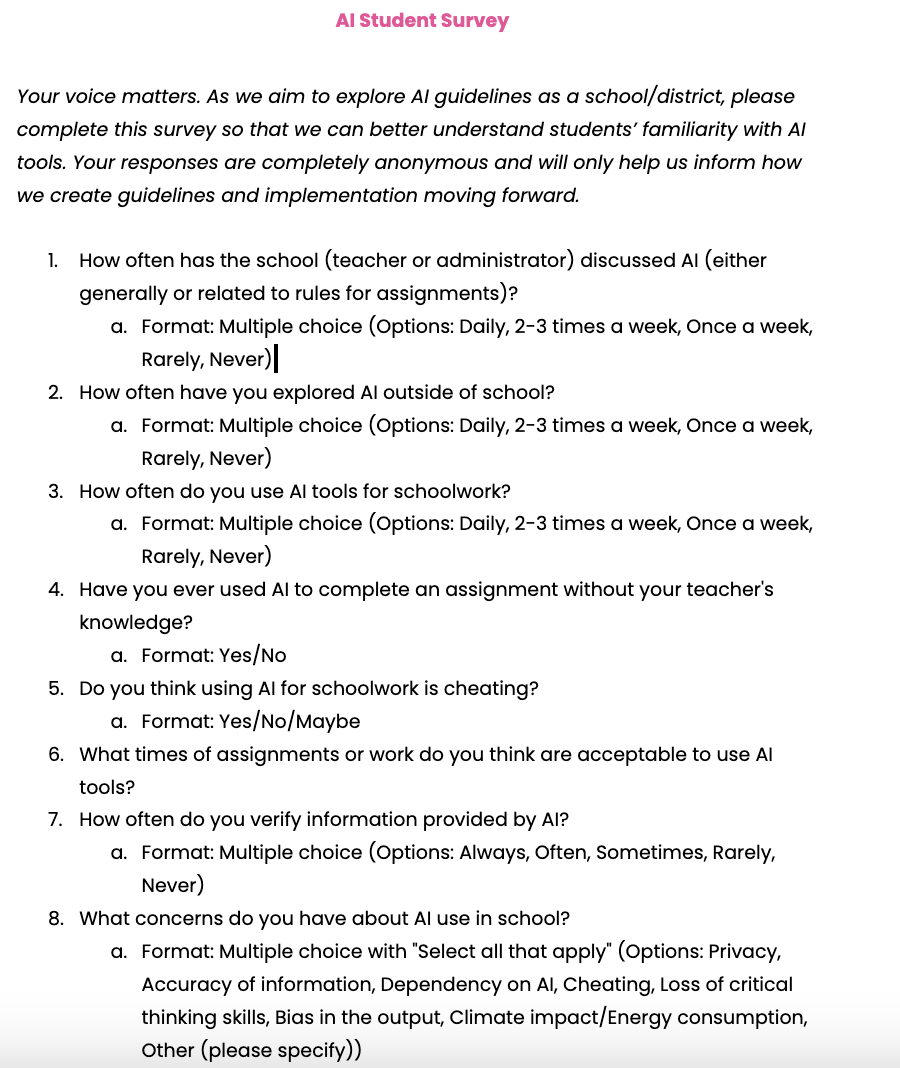
Surveys like the questions outlined above give learners a voice and give a school insight into how learners are already thinking about AI. Complementing these surveys with focus groups or empathy interviews supports schools in better understanding student views about and concerns with AI.
Comprehensive AI Strategy
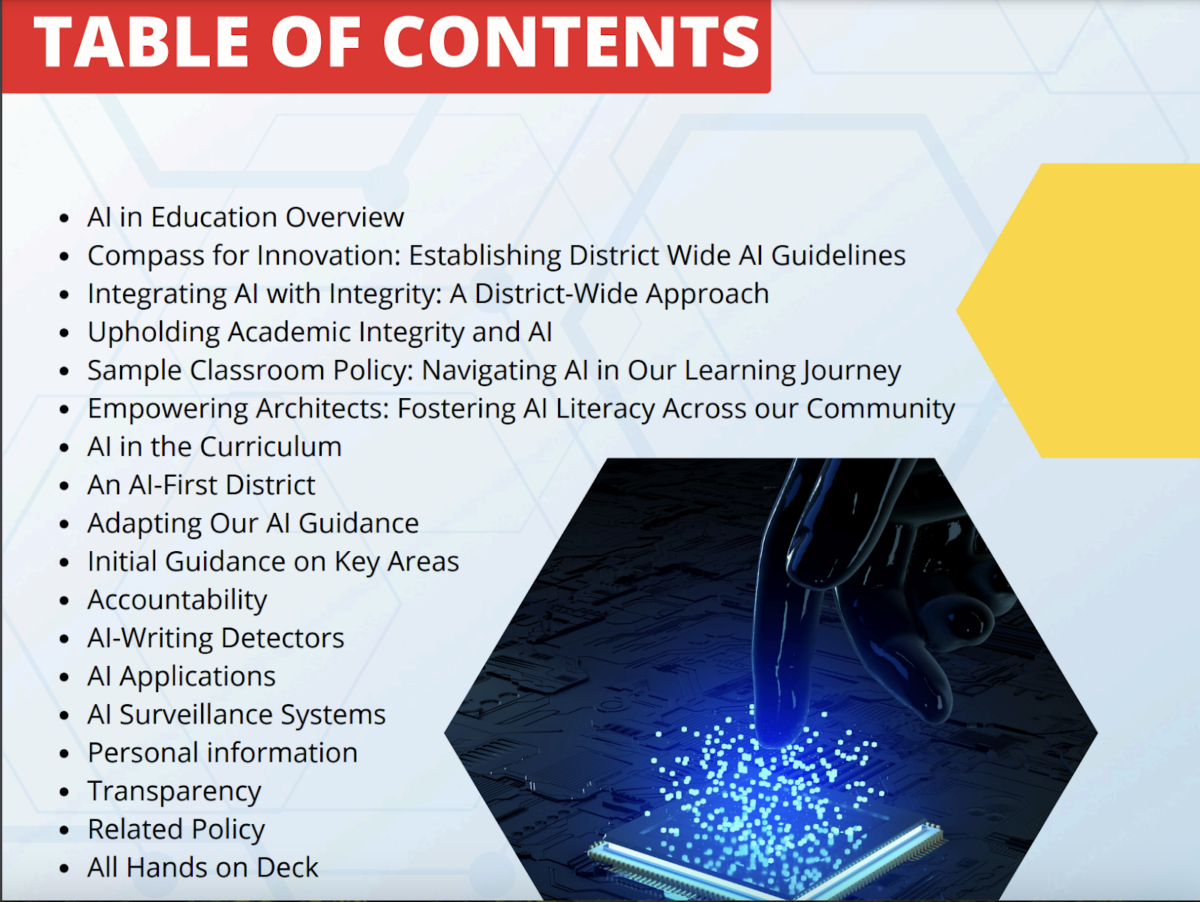
At Santa Ana USD, they have drafted an Artificial Intelligence Compass in alignment with their Graduate Profile to ensure they are supporting learners and educators in engaging with AI responsibly and effectively, preparing them for the future. It includes guidelines and initial guidance on policies for educators to consider in their classroom.
Shared Definitions and Principles
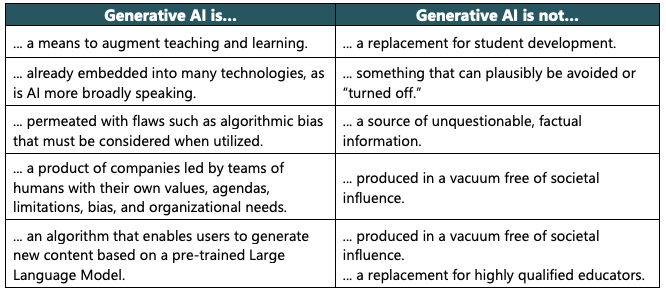
Human-Centered AI Guidance for K12 Schools (Washington Public Schools) provides definitions, guiding principles and values, and considerations for educators who are creating AI policies and principles.
Learner-Created AI Norms for the Classroom
After reading a variety of curated articles about AI in the classroom, students prepare for and participate in a Socratic Seminar with the goal of creating a shared Statement of Understanding and Guidelines for how AI is used in the classroom. Read more here.
|
Generative AI Uses in our English Class:
|
AI Principles & Beliefs Plus Guidance for Educators
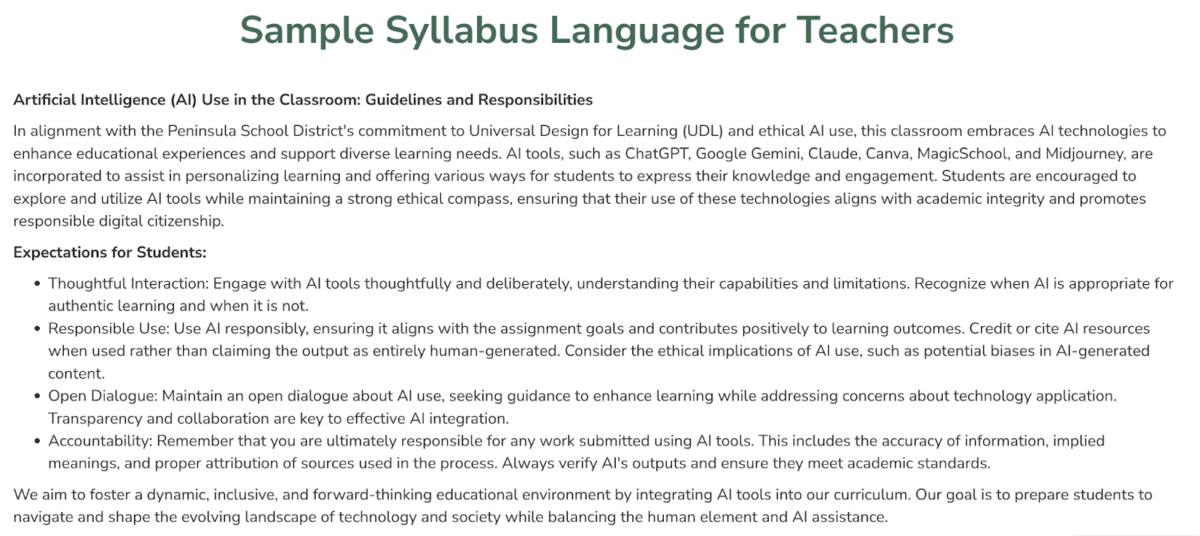
At Peninsula School District, they have outlined their principles and beliefs related to AI, emphasizing its role in supporting educators and learners free up time to engage more deeply together as humans. They also provide guidance to educators about how to address AI in their syllabi with learners.
AI Guidelines for Students and Staff
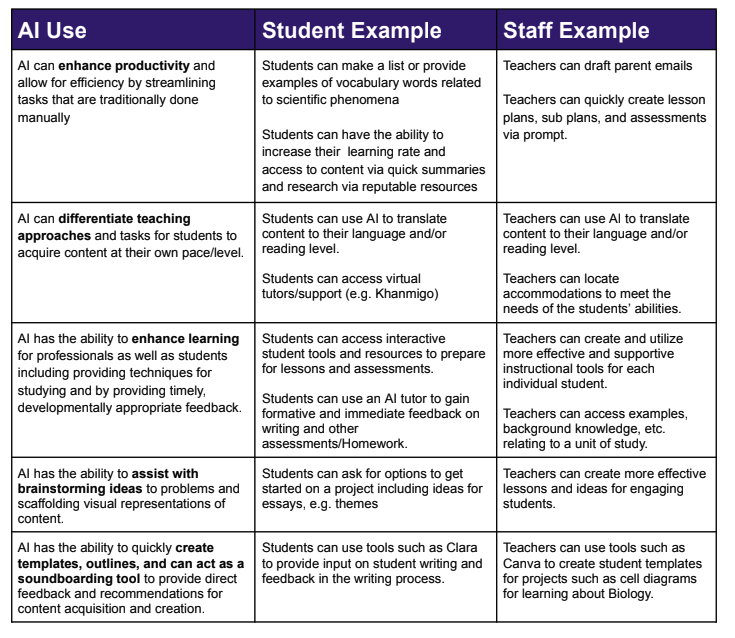
In Scotts Valley Unified School District, an AI task force including staff, board members, students and families gathered to create guidelines for the use of AI. After surveying the community and grounding their research in equity, privacy, ethical use, and innovation, THESE guidelines were adopted district-wide.
RESOURCES:
🖥Learner-Centered AI Introductory Course for Educators & Leaders
🧰 State-by-State AI Guidance for K12 Schools
🧰 AI Guidance for Schools Toolkit
📖 District Uses AI to Draft Initial AI Policy (Education Week)
📖 Peninsula School District AI Principles & Beliefs
📺 State Superintendent Chris Reykdal (Washington) on AI Guidelines
Education Week: How k12 Schools Should Respond to AI
🎧 LCC Podcast: Creating Meaningful Learning Experiences in the Age of AI with A.J. Juliani
📖 AI can personalize learning. It can’t make students care.
📖 Harnessing the Power of AI t Co-Create New Knowledge with Learners
Questions to Consider:
- How will the discussion and discourse about AI principles and guidelines lead to broader conversations about teaching, learning, and learner-centered school systems/structures?
- How can the entire learning community be involved in the discussion and creation of AI principles?
- What are the community’s concerns about AI and what are the opportunities?
- How detailed will the AI principles be and will they create space for different schools or classrooms to have autonomy in how they are used?
- What professional learning is needed for faculty, staff, and administration in order to implement the principles?
